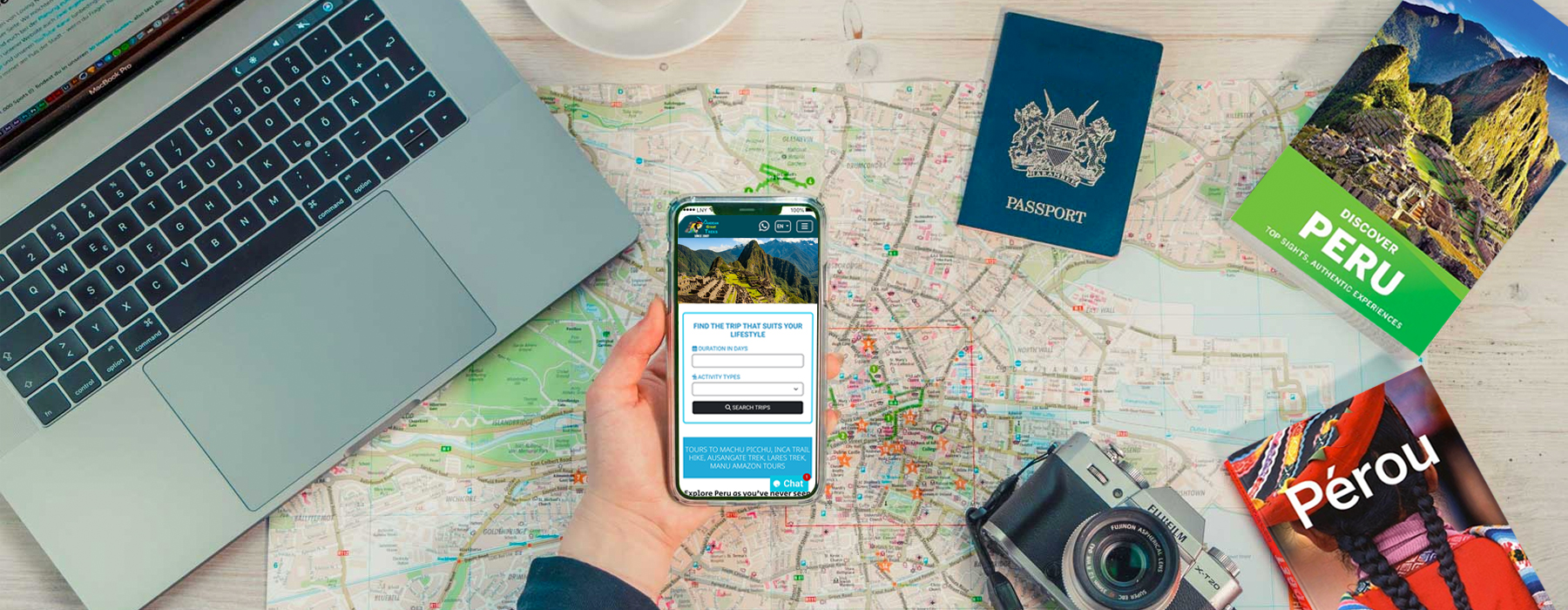
Traveling to Peru is one of the best alternatives to enjoy your vacations; For this reason, this is the decision that most people around the world choose, so its planning is a very important point. If you are one of the travelers who likes to have everything planned. It is always good to know a few things about the country you are going to visit. Therefore, we are going to tell you how to plan your travel to Peru. Preparing a trip is always a job, but doing it to Peru is even more complicated. There are few countries with such a variety of climates and landscapes, in addition, the distances are enormous and there are many places to visit. Peru is one of the most fascinating countries in Latin America and one of the great travel dreams for all lovers of history and nature. It has a great variety of landscapes, an incredible heritage, charming cities and delicious cuisine.
Information is always important, knowing some details of the trip to follow helps how to plan your travel to Peru any itinerary of activities. With the information at hand you will be able to find new options and even visit beautiful places that very few know or dare to visit. We will never tire of mentioning that Peru is a special country. There is a great variety of climates, languages, tourist destinations and cultures. National identity in Peru is difficult to understand or establish, precisely because of all the diversity that composes it.

There are many nationalities that only require a valid passport to travel to Peru (check that it is valid for more than 6 months from the date of your trip), including Mexicans and those who have a European Union passport. They will give you 90 days allowed to be in the country.
In the same way, it is always advisable to check this in advance on the page of the embassy of your country. Also, it is always convenient to take your accommodation reservations in case they ask for them in migrations, in addition to your exit ticket from the country.
The maximum time allowed for a stay as a tourist is 183 non-extendable days and cumulative for 365 days. People from countries such as Ecuador, Argentina, Bolivia, Chile, Venezuela, Brazil, Colombia, Uruguay and Paraguay can enter with their national identity document.
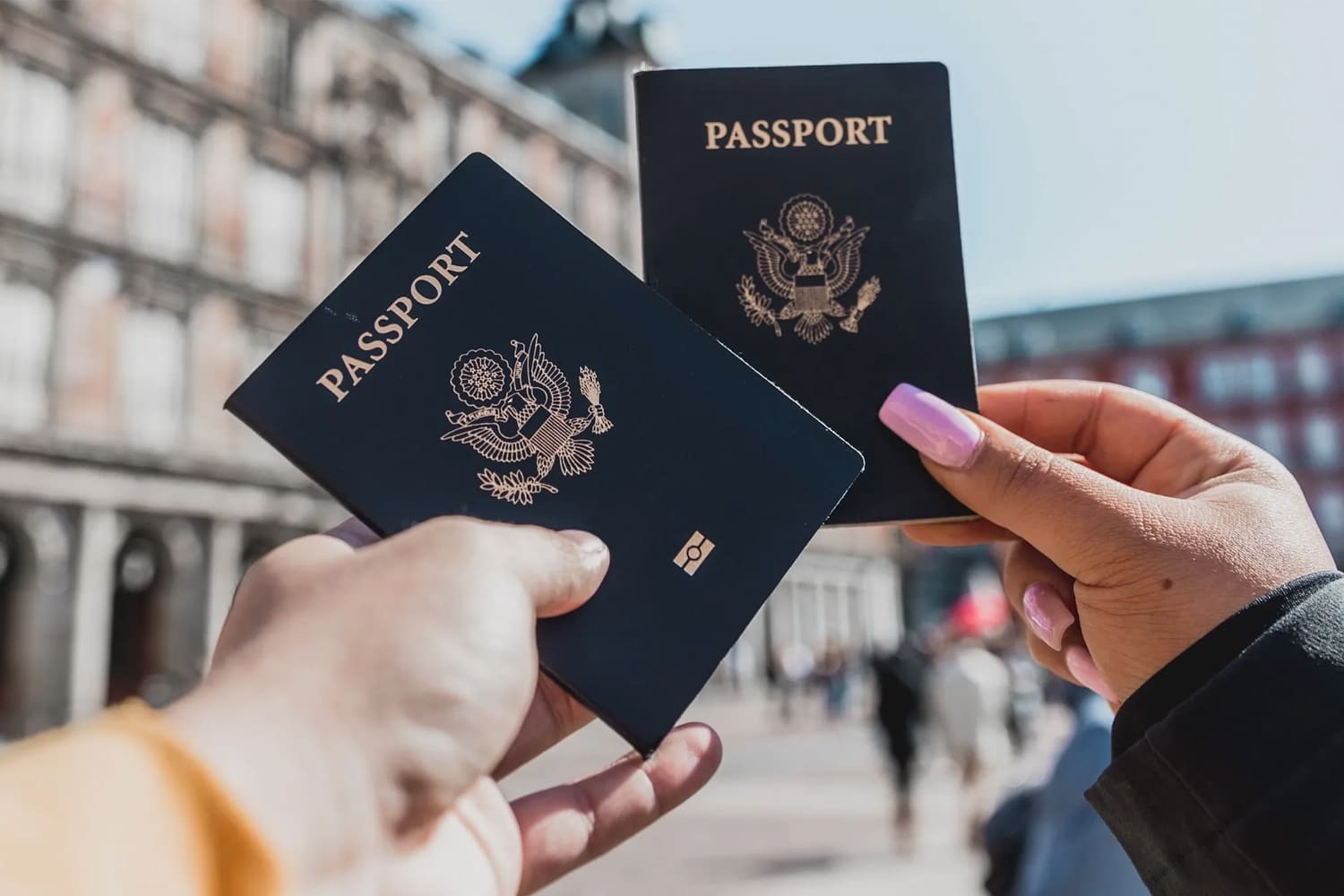
First of all, let’s talk about when it is best to visit Peru as such. Although honestly, this subject can be a bit confusing to understand, given the large size of the country and its various areas, but I will explain it as simple as I can so that it is clear.
Basically it can be said that the best season depends on which regions of the country you want to explore or what is your main interest. Most people visit the country between May and September, which is the dry season in the Sierra (the mountains and cordilleras of the Andes) and in the Jungle (Amazon area), but that does not mean that you can travel in other months.
That is, for a trip through the areas of Lima, Cusco, Machu Picchu, Arequipa, etc., it is a very good season to travel during these months because practically the chances of rain are few. Just consider that within this period of months, July and August are usually the months in which more visitors from many parts of the world arrive in Peru (and Peruvians travel too), so it is very likely that you will find many people and higher prices .
If you prefer to avoid the crowds, the high prices and the cold (and you want to visit mainly the places I mentioned above, let’s say the “classic” route through Peru), then I would recommend traveling during the months of late April, May, October and even November. . Personally, I traveled during the end of October and practically all of November and it almost never rained, but be aware that especially during November, there are more chances of rain and bad weather.
For its part, the low season, which runs from the middle to the end of November and February, coincides with the rainy season in the highlands and in the Amazon. It must be added that the rainy season in the Amazon is beginning in May, and for example February is the month that usually rains the most, so the famous Inca trail is closed for maintenance. Therefore, it is recommended not to travel these months, since it is very likely that the vast majority of people want to include, for example, Machu Picchu, Cusco and nearby areas within their visit. And although it may not rain torrentially, it can prevent you from fully enjoying the places (or even make them inaccessible due to rain and even snow in various areas of the mountain).
But for example, despite this, if what you plan during your trip more to the coastal area and beaches is a great season. The best period is the sunny and humid months between December and March, when the coast is free from the cold fog that covers it during the rest of the year.
Visiting the jungle area during the rainy season is also a good option, because the water level is high and that makes it easier to navigate the lakes and also, you can see much more flora and fauna.
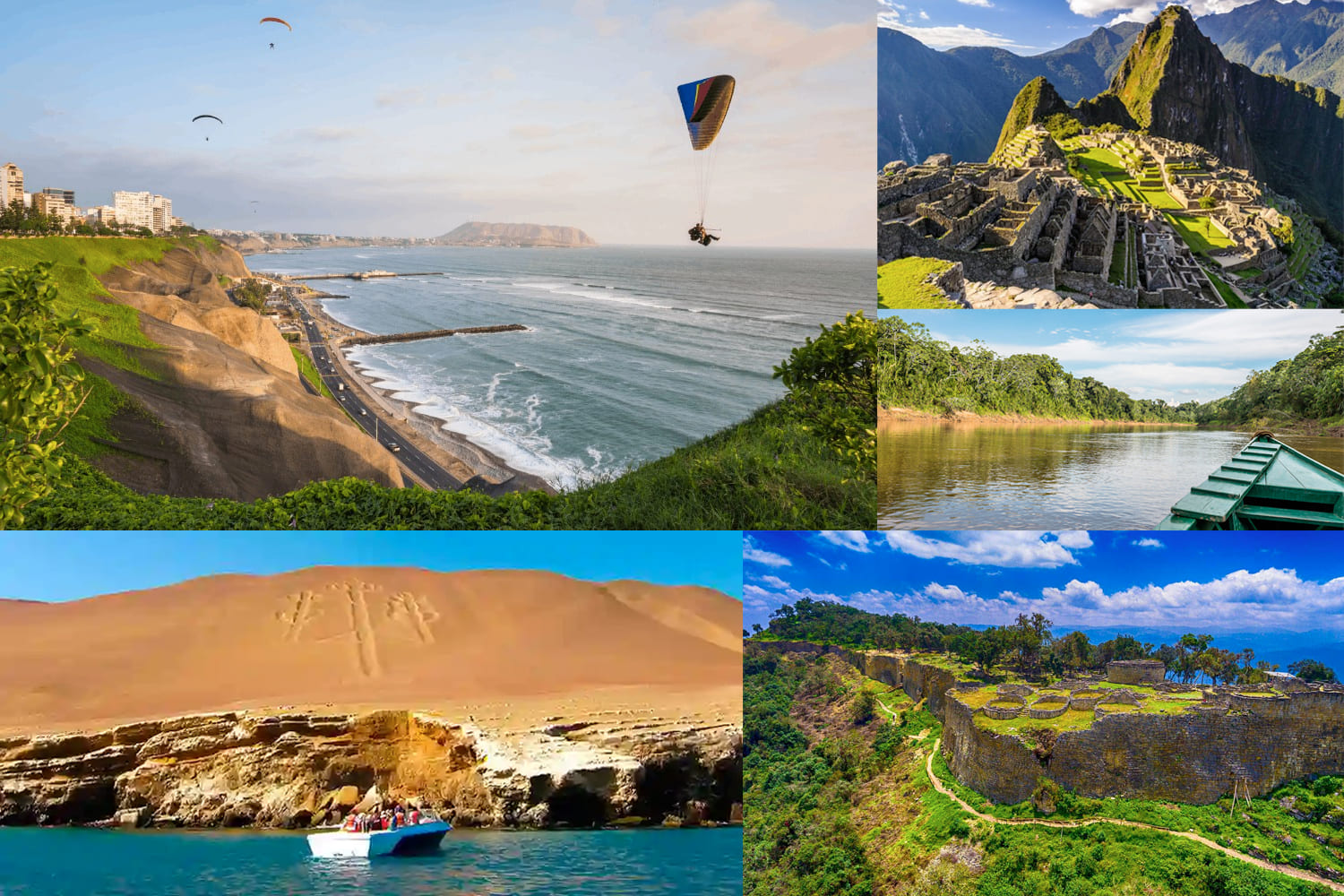
Completely linked to the best season to go to Peru, you cannot stop talking about the weather. It must be remembered that Peru is located in the southern hemisphere, so the seasons are reversed, that is, summer for them goes from December to March. And for its part, winter runs from the end of June to the end of September. Speaking of the other fall, it generally goes from the end of March to the end of June. Spring runs from the end of September to the end of December.
During the four seasons obviously the temperatures vary, again depending on which zone or which region we are talking about. For example, here I put a table with average average temperatures during all months in the most visited areas of Peru so that it is better understood:
| MONTH | AVERAGE TEMPERATURE (LIMA) | AVERAGE TEMPERATURE PERU COAST (TRUJILLO) | AVERAGE TEMPERATURE THE ANDES (CUSCO) | AMAZON AVERAGE TEMPERATURE (IQUITOS) |
|---|---|---|---|---|
| January | 22°C | 24°C | 12°C | 26°C |
| February | 23.3°C | 25°C | 12°C | 26°C |
| March | 23°C | 23.5°C | 12.5°C | 27°C |
| April | 20°C | 20°C | 12.5°C | 26.5°C |
| May | 19°C | 19.5°C | 11°C | 26°C |
| June | 18°C | 18°C | 10°C | 25.5°C |
| July | 17°C | 17°C | 10°C | 26°C |
| August | 16°C | 17°C | 10.5°C | 26.5°C |
| September | 17°C | 17°C | 12°C | 27°C |
| October | 17°C | 18°C | 13°C | 27°C |
| November | 19°C | 18°C | 13.5°C | 27°C |
| December | 21°C | 19°C | 13.5°C | 27°C |
It is very important to mention that Peru is a country with places at high altitudes (including Cusco), do not forget that above 3,000 meters above sea level, the climate is much colder. The more you go up, the more you will find even freezing weather and a very strongly variable climate during the night and day, with the possibility of several snowfalls.
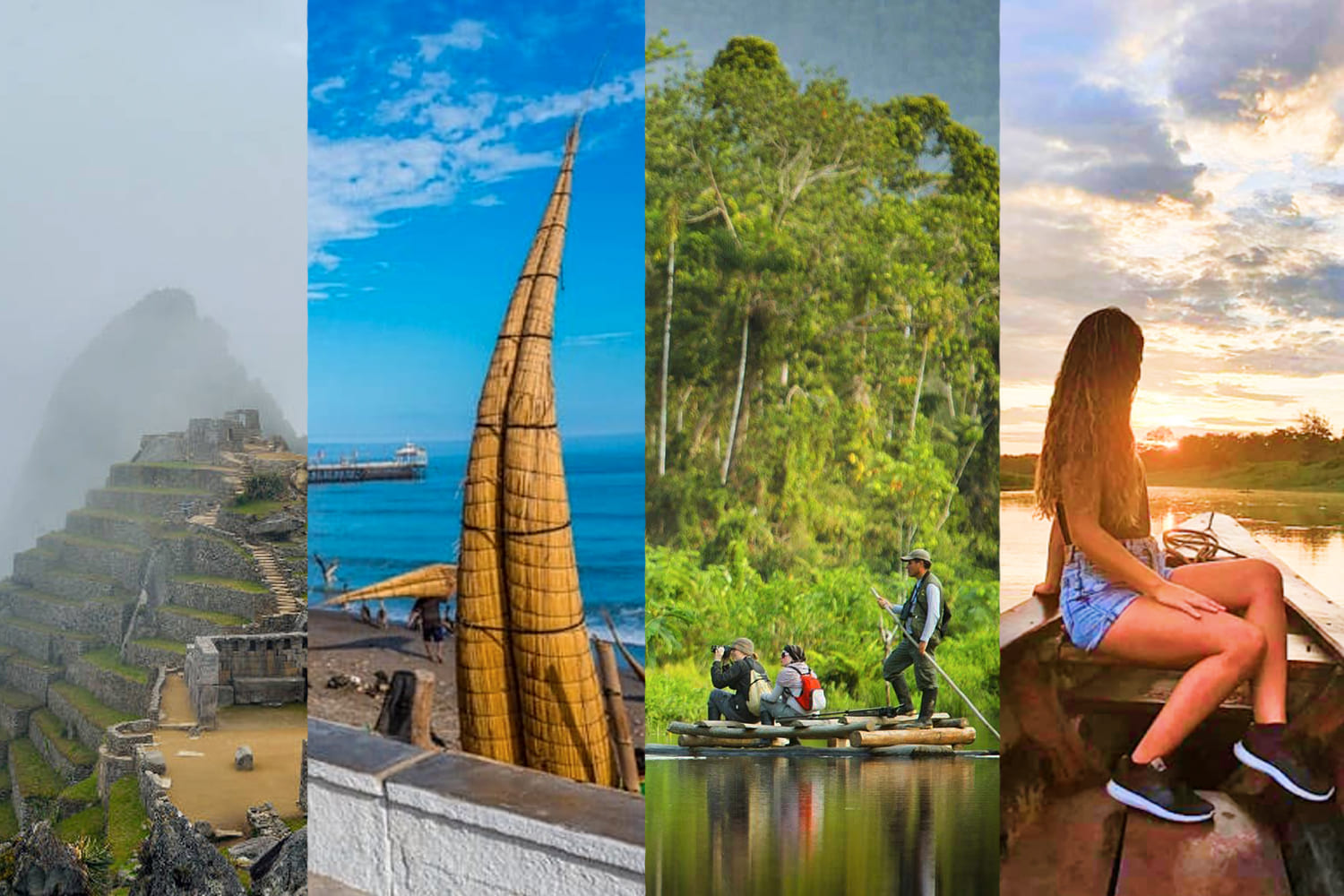
Once the subject of the different seasons and climates that you will find throughout Peru has been explained, it is clear that what to pack depends on where you are going and when you are going. If you plan a trip through several regions, you will need a good variety of clothing, from shorts to a jacket or down jacket that covers you very well in freezing temperatures. Bring different layers of clothing that you can put on and take off depending on the weather you are experiencing.
If you visit the Amazon or the Andes during November or May, don’t forget to pack clothing that is waterproof and preferably take a way to protect your suitcase or backpack, as well as bags for your items such as cameras and other technological things that You must protect as much as possible from the rain. Although regardless of the season of your visit and where you are going, I recommend that you do not forget your raincoat (or poncho) and a good umbrella.
Something that is basic and super important to consider to take wherever you go (it will help you a lot), is at least two pairs of shoes: some very comfortable for walking and good boots, preferably trekking and waterproof.
Do not forget two very important items that will be very useful during your trip to Peru: Sunscreen and mosquito repellent.
Even if you are in a cloudy or cold place, it is very important that you use every day (and that you put on several times) a good sunscreen. Many people forget this, but you must also remember that cold burns, be very careful, especially in very high places.
Insect repellent is essential in places like the Amazon and Machu Picchu, but it can also be found in the Arequipa area. A good tip is to buy things like gloves or hats directly when you arrive in Peru, in Cusco it is a good option because the prices are good and the material is quite warm (alpaca or llama). As an extra recommendation, always try to take some medicines that can help you with simple conditions, for example some pain reliever, aspirin, antidiarrheal, lip balm (for the cold), it is also important if you tend to get very dizzy, some antivertiginous. It is recommended to consult everything with a doctor.
Note: As a curious fact that attracts a lot of attention, in Peru if you need to buy any medicine, in the vast majority of times they will sell it to you per unit and not by the complete box.

It is important that you know the health risks in Peru and that you take the necessary measures to avoid getting sick. Before each trip we always consult the Ministry of Health page to find out all the recommendations. In addition, we make an appointment at our international vaccination center. We advise you to do the same.
There is no mandatory vaccination to travel to Peru, but there are recommended vaccines and prophylaxis:
Water. The golden rule says that never drink water directly from the tap, only bottled water.
Food: Avoid eating raw foods, as well as those that have been exposed to the sun and peeled fruit.

It is essential that you inform yourself about security conditions before your trip. Compared to neighboring countries, Peru is, in general terms, a safe country for tourism. But this comparison does not make it without problems, so you should take into account the following recommendations to minimize the risks.
Theft type “pick-pocketing” can be common especially in very touristy and crowded places, such as bus stations or markets. So always carry your belongings inside your backpack, always in sight and well attached. Preferably do not carry valuables in sight (for example your camera), in places where there are few people or little movement. In the same way, in very crowded or popular places, it is better to leave it at the hotel or take it well protected in your backpack.
You should also avoid walking at night or in dangerous areas (ask this at your accommodation so they can tell you which places to avoid). In the same way, try not to take taxis on the street (except if it is at night), always ask your accommodation to call one or use an application.
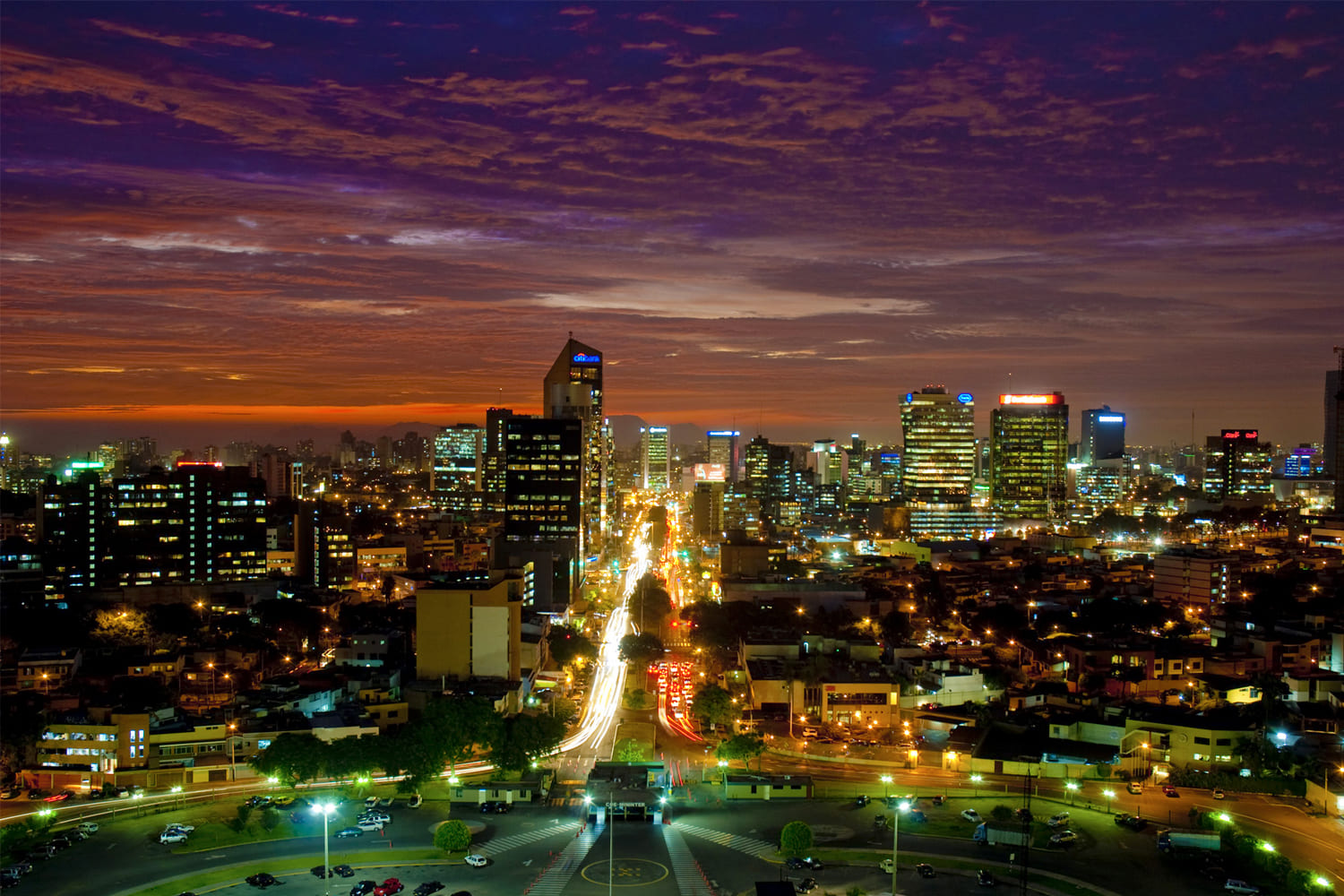
This is one of the most recurring questions among any of the travelers who plan to go on vacation to the country of the Incas. The currency of Peru is the sol (S/). Although Nuevo Sol can still be read on some pages; this is because until 2025 it received that name to distinguish it from the old Sun; however, dollars are also accepted in some parts, this is due to the current widespread spread of the dollar in much of the world.
This acceptance has made the dollar widely accepted in the country, since it is possible to make purchases in the vast majority of establishments, such as restaurants, bars, hotels, etc. Especially if they are from the tourist field. However, you must also carry national money on hand at all times, not all establishments in Peru work with dollars, this only applies to large cities, so if you travel to a distant place you should have the national currency to avoid any problem.
It is possible to exchange foreign currency at banks and travel operators. There are automated teller machines (ATM) in most cities that accept all types of cards (you should check the fee that applies to you).
Exchange rate in Peru
The exchange rate in the country is variable and depends on the exchange rate made for the day by the Central Reserve Bank of Peru (BCRP) and also on the amount of exchange offered by the country’s exchange houses.
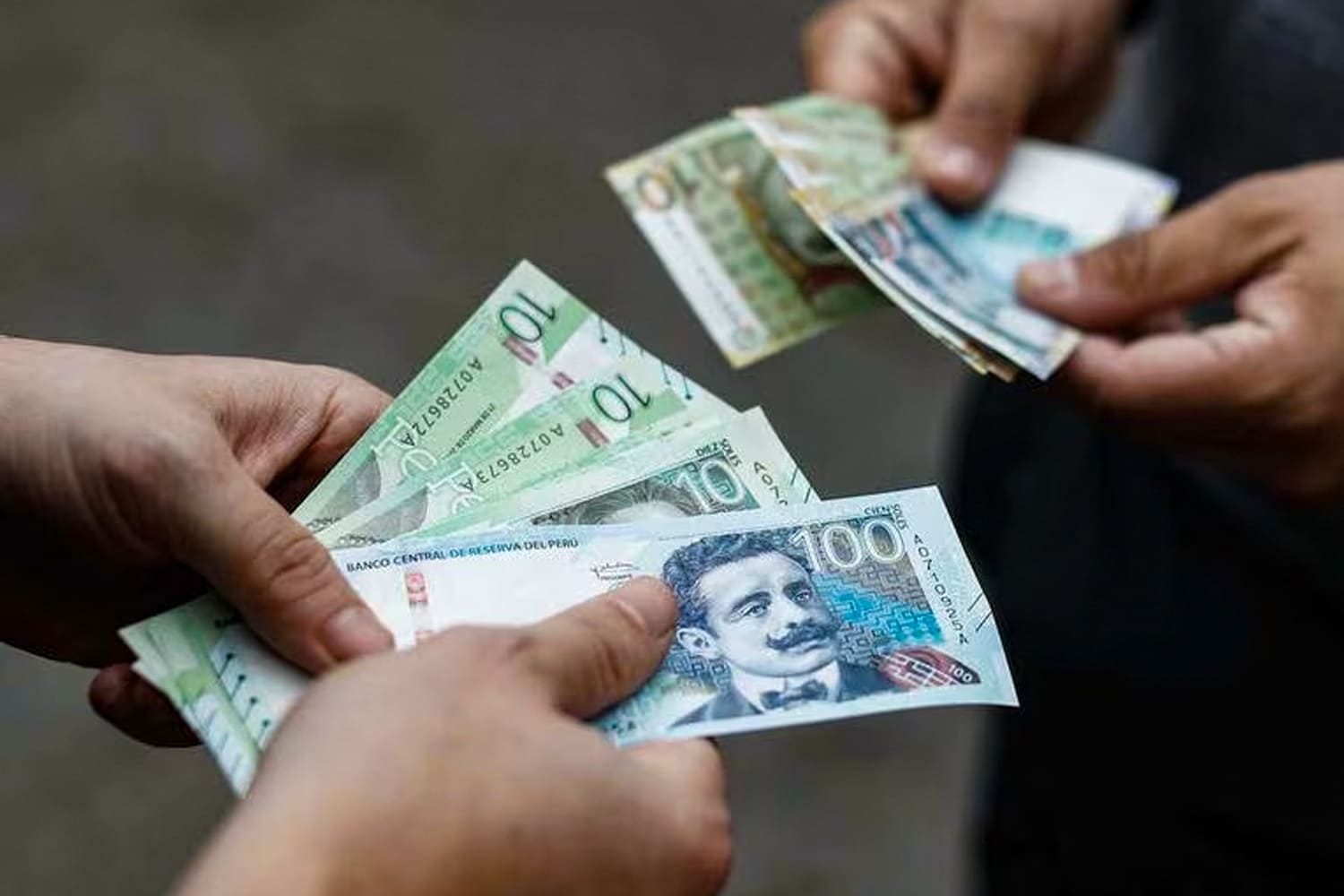
One of the issues that worry a lot is the issue of altitude sickness, or soroche. It mostly affects people who live near sea level. The symptoms begin to appear from 2,400 m altitude. They are usually fatigue, difficulty breathing with effort, difficulty sleeping, dizziness or dizziness, headache, loss of appetite, nausea or even vomiting. These are mild symptoms that we can all suffer from. There is no need to be alarmed, since normally with a correct acclimatization process they can be avoided. There are extreme cases with more severe symptoms. To avoid greater evils, what should be done is to descend immediately if they get worse. Of course each person is different and not all of us are affected equally.
How to avoid and combat altitude sickness?
The only way to avoid it is acclimatization, ascending little by little and not making excessive efforts the first days that you are at a significant altitude. If your trip goes through the highlands (Lake Titicaca) and Cusco, it is a good idea to go through Arequipa, for example, which is almost 2,400 m above sea level. If you are going to go to the Mountain of 7 Colors (5,100m), do not do it the first or second day you arrive in Cusco.
Hydration is key, it is a way to provide extra oxygen to the body. Drink plenty of water, even if you are not thirsty. Coca tea also helps control headaches or dizziness. When you go trekking in the mountains, take coca leaves to chew like gum, it will control dizziness and headaches. For mountain excursions, the guides are equipped with oxygen bottles in case someone needs it. They also sell them in pharmacies if you suffer from respiratory distress. There are also pills for altitude sickness for sale in pharmacies, it will depend on the person’s body since in some cases they are not effective. Keeping a paracetamol handy for a headache can also give you relief. However, if the pain persists and is strong, do not hesitate to see a doctor for a better diagnosis.

Since Peru is such a tourist country, in practically all the places you go you will find a wide range of all types of accommodation. From shared rooms in hostels, to private rooms with all the comforts. You will find cheap prices, but there are also places where prices are a bit high, for example in Lima, Aguas Calientes (Machu Picchu), or Huacachina. The best thing to find the best options at a good price is to search with plenty of time (especially in those places that are more popular or touristy).
Accommodation prices in Peru are quite reasonable. You can stay in simple hostels for about $18 dollars per room with a private bathroom. Most include breakfast and the value for money is acceptable.
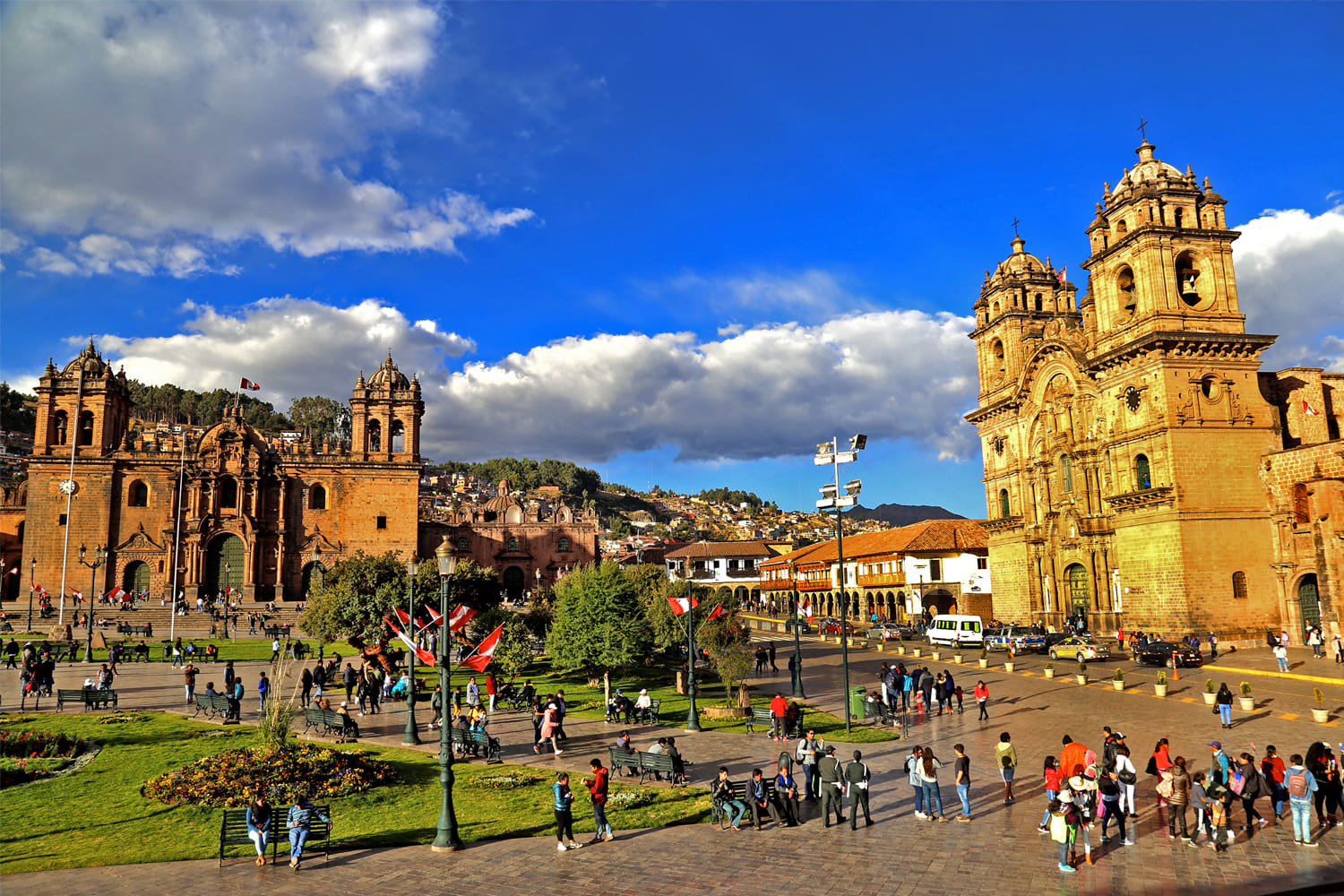
World-renowned, Peruvian gastronomy has more than 500 typical dishes. Cuisine in Peru is experienced and enjoyed in every corner. From trendy restaurants to street stalls; the offer is infinite.
Generally the dishes will vary depending on the region you are visiting, these can be included in:
In addition to the well-known ceviche, you can treat your palate with huancaina potatoes, one of the dishes that is recommended to try. Another of the representative dishes of Peruvian gastronomy is lomo saltado, beef sautéed with onion and peppers. It sounds basic, but we assure you that it is an exquisite dish. Along the same lines are the salted noodles, the chaufa rice, both introduced by Chinese migration in the 19th century. The stuffed cause, mashed potato stuffed with hard-boiled egg, olives, avocado. The shrimp chupe, the inevitable salchipapa, which is found in every corner of the country, like the anticuchos that are banners of cuisine in Peru.
Quinoa is also very present, generally in soup. It is the best thing you can take to warm up and prepare for the altitude. To accompany meals, try chicha morada, a drink made from Andean corn.
It is also recommended that you visit the local markets, you can eat very tasty and at really low prices. In addition, you can see how the sale of some of the main supplies of Peruvian gastronomy is. A very good option to live and enjoy Peruvian gastronomy at the hands of a local, is to be able to book a gastronomic course or tour.
Don’t forget to take advantage of the opportunity to try all the available fruits (many of them you may never have tried in your country) and they are also very cheap. A great option is to take them in juices or smoothies, an excellent way to start the day.
And speaking about the drink, be sure to try the classic Pisco Sour, the traditional drink. Although do it with caution because sometimes you don’t feel how strong it is.
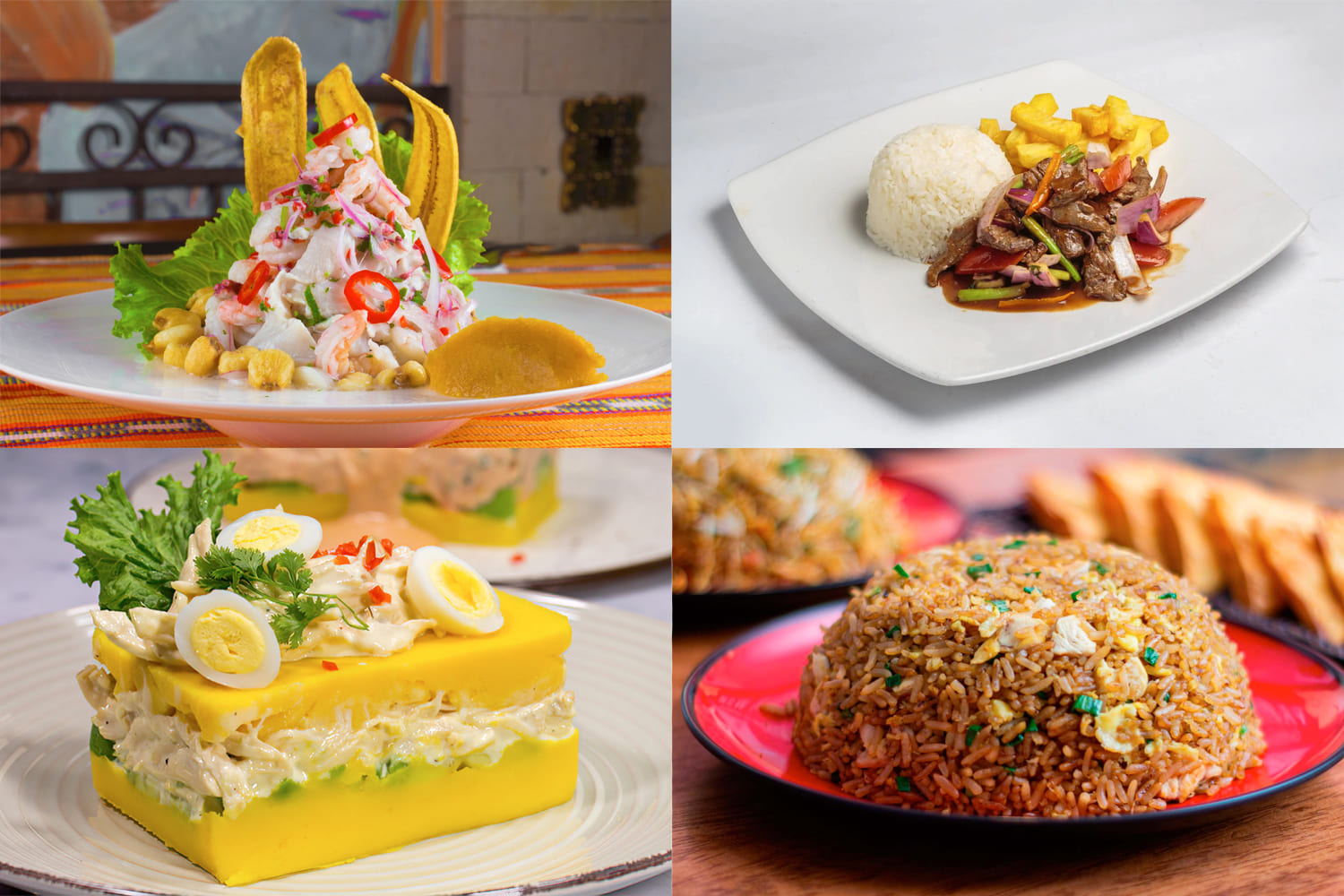
Book the tour to Machu Picchu in advance.
If you also go up to Huaynapicchu, you will have to do it at least 6 months before, because the demand for the purchase of tickets to the Inca citadel is very high in certain seasons of the year, also if you want to do the traditional and very popular Inca Trail to Machu Picchu in the same way In this way, a reservation must be made in advance with an authorized travel agency since the number of travelers per day is limited. It is recommended to make the reservation with an authorized travel agency since they make all the purchases of permit tickets both for the Inca Trail and for the entrance to Machu Picchu and if you want to Huaynapicchu.
Voltage
Peru handles a voltage of 220 V and a standard frequency of 60Hz. Today most electronic devices handle a range of 100-240V and 50-60 Hz. Check the label on your chargers and electronic devices to make sure they can be used without risk. The plugs are type A, B and C. If you arrive in Peru from Mexico or the United States, for example, you won’t have a problem with it.
Save a copy of important documents in the cloud
A good tip for traveling to Peru regarding your most important documents, such as your passport, is to try to have a saved copy of them in the cloud or in your email. In this way, it is much easier to access them if necessary or if something happens. Always leave the original passport well kept in the hotel, unless you need to take it (to Machu Picchu for example). In the same way, you can make a copy of your passport, laminate it and carry it in your wallet.
Never drink tap water
Tap or tap water in Peru is not drinkable, so always buy bottled water in a super market or store. Unless you boil the tap for several minutes.
If you want to buy handicrafts, ask in several places.
Peru is a country where you will come across a huge offer of beautiful handicrafts, of which you will most likely want to buy several to take with you. It is recommended that before buying, ask prices in several places. Generally, in areas like Cusco, handicrafts can be cheaper (also because many people sell them directly without intermediaries or without paying local rent). A special piece of advice that I can give you is that everywhere in Peru you will see sweaters (mostly) that you swear are alpaca. They are usually very colorful and beautiful, you will see many people with one. The problem is that they are not made of alpaca, the vast majority are synthetic. If you want to buy one, perfect, but it is important that you know about it. If you really want an alpaca sweater, they are much more expensive than what they will sell you, depending on the quality and model.
Try not to take photos with animals.
In many tourist sites in Peru you will see many women (mostly) with animals such as llamas, alpacas, etc., who offer tourists to take photos with them for a tip. It is not recommended to do it, the reason is basically that the poor animals are left standing there for many hours, just for the entertainment of the tourist. I understand that it’s nice to have a photo like that, but the question is at what cost. So better, preferably only see the animals (hopefully in their natural habitat).
Accommodation
Book the accommodations in advance if you are going to travel in the high season. Not only will you ensure a place to sleep, but you will also save money.
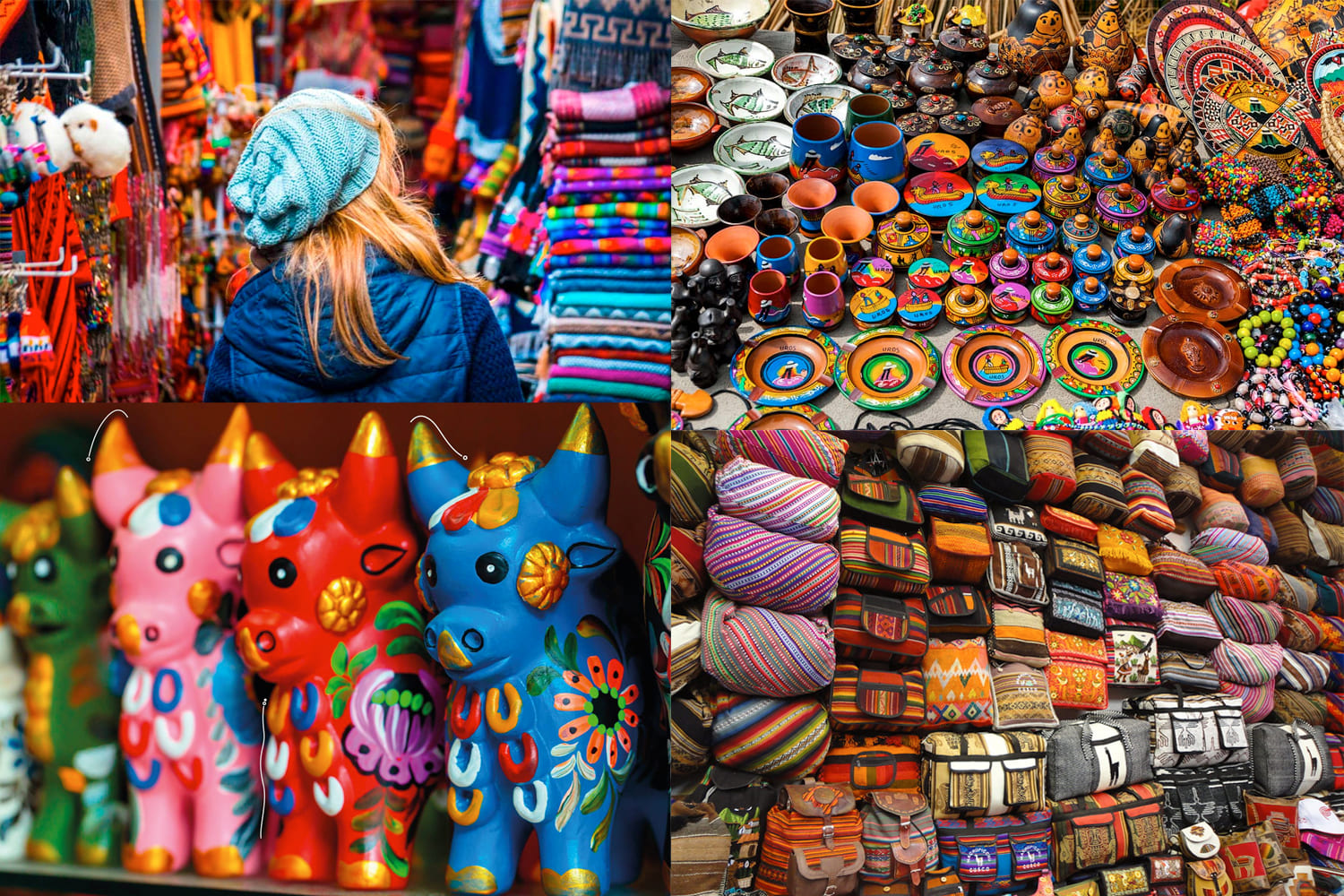
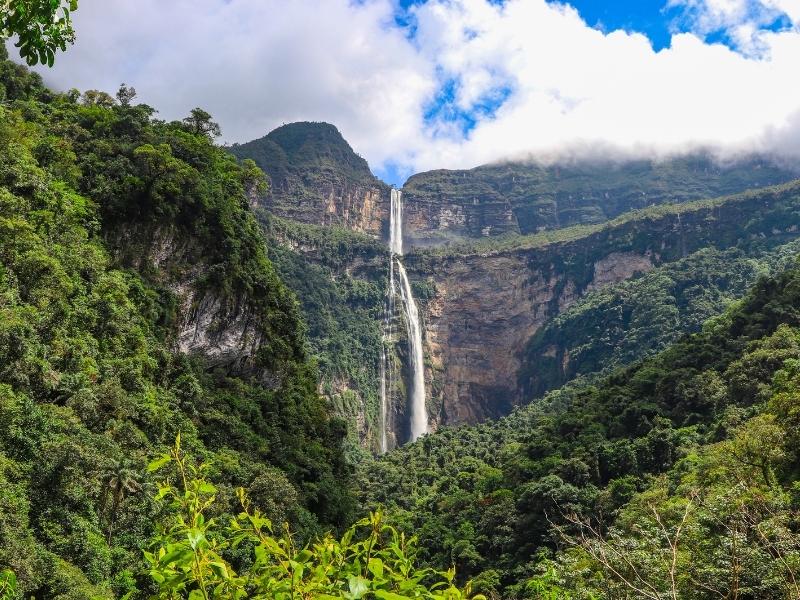
Peru was inhabited by the greatest civilizations in South America, such as the Chachapoyas and Incas. Those who have built the best engineering works, on large areas of the beautiful landscape of the Andes, and the jungle. This tour will take you to the most remote regions of Peru, where you can learn about its extraordinary traditions and rich history.


Enjoy an incredible vacation, in the heart of the Inca empire, Cusco, our travel program will take you to the most famous tourist attractions of Cusco, such as the Sacred Valley of the Incas, Machu Picchu, in very cozy hotels.

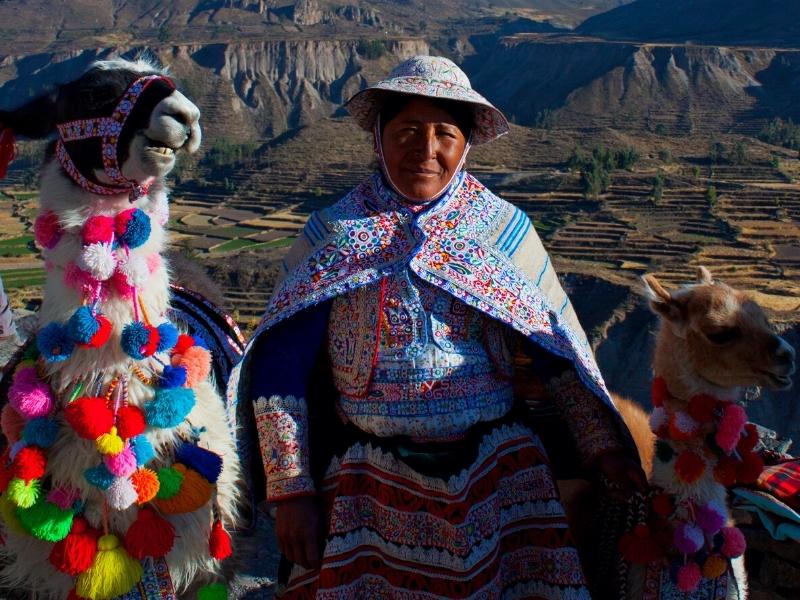
Feel the magic and the energy of Cusco and Machu Picchu, then continue to where the legend began – Lake Titicaca, to get off the beaten path and immerse yourself in the local culture and enjoy the peace and tranquility on the shores of the Lake.
